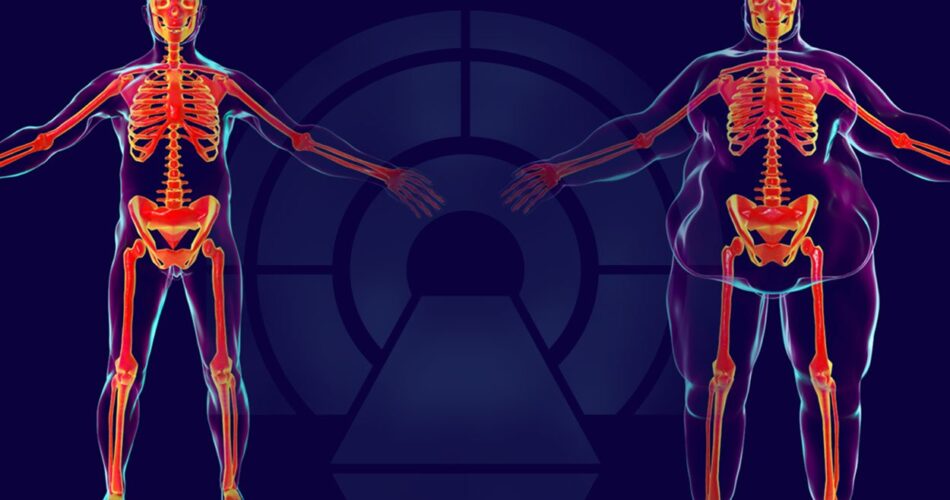A ct scan of an obese person may require modifications to ensure accurate diagnosis. Obese patients may require a larger ct scanner or specialized protocols to achieve optimal imaging quality and reduce radiation dose.
Additionally, patients may have difficulty fitting into the scanner or holding their breath for long periods. The benefits of a ct scan, such as early detection and accurate diagnosis, should be balanced with the risks, including potential harm from radiation exposure.
Radiologists and technologists should work together with patients to optimize imaging quality while minimizing radiation dose. Overall, careful consideration and preparation are necessary for a successful ct scan of an obese person.

Credit: www.newscientist.com
Frequently Asked Questions Of Ct Scan Of Obese Person
What Is A Ct Scan And Why Is It Done On Obese People?
A ct scan is a painless diagnostic imaging test that uses x-rays and computer technology to create detailed images of the body. It is done on obese people to assess the level of abdominal fat and related problems such as heart disease, diabetes, and cancer.
How Is A Ct Scan Performed On An Obese Person?
The procedure is performed by having the patient lie down on a table that then slides into the scanner. A series of x-ray images are taken from different angles, and specialized computer software combines them to create a detailed 3d image of the body.
Can An Obese Person Have A Ct Scan With Contrast Dye?
Yes, an obese person can have a ct scan with contrast dye. This is a type of ct scan that involves injecting a contrast dye into the veins to help enhance the images of certain body parts. The amount of contrast dye used may need to be adjusted for an obese person.
Is There Any Preparation Required For An Obese Person Before A Ct Scan?
Preparation for a ct scan varies depending on the reason for the test. Obese patients may require special preparation as the imaging results may be affected by factors such as heart rate and respiratory motion. Your doctor will advise you on any necessary preparation.
What Are The Risks Associated With A Ct Scan On An Obese Person?
The risks associated with ct scans are generally minimal, although there is a small risk of radiation exposure. Obese patients also face the risk of not getting accurate test results due to limitations within the imaging technology. Your healthcare provider will guide you on the potential benefits and risks.
Conclusion
Obesity is a growing concern in today’s world, and ct scans have proven to be an important diagnostic tool for detecting potential health issues in obese individuals. By providing a detailed view of the body’s internal organs and tissues, ct scans can help medical professionals make accurate diagnoses and develop effective treatment plans.
However, the risks and limitations of ct scans for obese individuals must also be considered. Special precautions and equipment are necessary to ensure accurate results, and the potential for radiation exposure should not be overlooked. Despite these challenges, the benefits of ct scans for obese patients cannot be ignored.
With the right approach and expertise, healthcare providers can leverage this powerful technology to improve the health outcomes of their patients and better manage the complex challenges of obesity.


